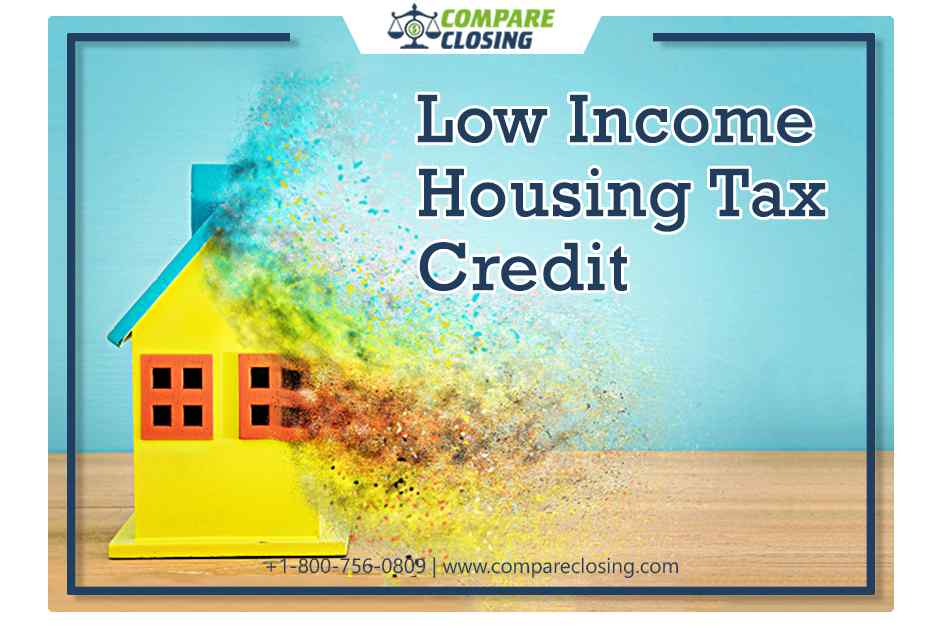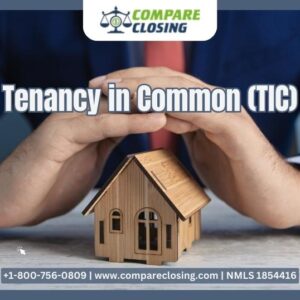Table of Contents
- What Are Netting Escrows & How Does It Work?: The Best Guide - January 2, 2024
- The Secret About Prescriptive Easement: Top Guide 1 Must Know - December 4, 2023
- About Home Equity Loans In Texas And How Can One Obtain It - November 27, 2023
What Is the Low-Income Housing Tax Credit (LIHTC)?
A tax incentive that is designed for housing developers to construct, purchase, or renovate housing for low-income individuals and families is called the Low-Income Housing Tax Credit (LIHTC). The LIHTC was written into the Tax Reform Act of 1986.
The homeowners must meet certain qualifications to benefit from these types of housing projects, which also include maximum income guidelines.
More on the Low-Income Housing Tax Credit
An income incentive is issued by LIHTC to those who invest in low-income housing projects.
The purpose of the program is to encourage the creation of more housing for low and middle-income families in communities that would otherwise be out of reach for them. The dwelling types of Low-Income Housing Tax Credit are multi-family properties.
The main types of credits available are
- Only if the building project has no other credits or government subsidies applied to it then a 9% credit, can be used.
- The second type of credit is the 4%, which can be used along with additional tax credits. These credits are put in over a ten-year period and it covers most of the entirety of the taxable expense for the building.
The federal government allocates the tax credits to each state. Then each state can choose the developers who can take advantage of these credits for their housing projects.
As there are more applications than available permits issued for construction hence not all developers or investors can take advantage of this program.
How to qualify for the Low-Income Housing Tax Credit?
Low-Income Housing Tax Credit is allocated depending on state population, hence more projects are competing for the credits than the available credits. The project must meet one of the conditions to qualify for the LIHTC:
- 20 % or more of the rental units are rented to tenants who earn 50% or less of the median income in the area based on the family size.
- 40 % or more of the rental units are rented to tenants who earn 60% or less of the median income in the area based on the family size.
- 40 % or more of the rental units are rented to tenants whose income is averaging 60% or less of the median income in the area and no units are rented to tenants having income more than 80% of the median income.
All the projects qualified by LIHTC should continue to meet one of the above-mentioned income conditions for a period of 15 years. If the project doesn’t match and abide by, the value of the tax credit can be recaptured.
The biggest drawback with LIHTC is that once the 15 year period has elapsed many of the properties in desirable locations wind up being inaccessible for low-income households.
How do the Low Income Housing Tax Credit support people?
Any housing project or residential building which rents units out to tenants who are eligible for reduced rent based on income and family size, or who receive a federal stipend to help make their monthly rental payment are low-income housing.
These residential units are managed by a housing authority or are privately managed by landlords or rental agencies who accept a government-issued payment along with the rental payment from their tenants.
While the purpose of the Low-Income Housing Tax Credit (LIHTC) is to uplift the formation of more low-income housing, there are other alternatives to supports the people seeking low-income housing.
The Department of Housing and Urban Development (HUD) offers low-income housing subsidies.
The HUD’s website has the terms of income qualifications and as the wages grow or drop in a given area they are subject to change. To qualify, a prospective renter must earn less than 50 % of the median income in their area.
While the assistance is available to single renters and to families, there are qualifications for room counts in prospective homes and single renters may not be included in a housing project because the project lacks the availability of properly sized units.
Low-income housing is not the same as affordable housing, which is for families who are spending more than 30 % of their income on housing.
Conclusion
By offering a 10-year tax credit to LIHTC projects the Low-Income Housing Tax Credit subsidizes the creation of low-income housing.
This program is managed by the federal government and funds are assigned to states in line with their population.
Any project that commits to renting to tenants who are earning less than the median income of that area for a period of 15-year then they qualify for the LIHTC.
At the state level, compared to the credits there are usually more eligible projects competing for credits.
Amanda Byford
Amanda Byford has bought and sold many houses in the past fifteen years and is actively managing an income property portfolio consisting of multi-family properties. During the buying and selling of these properties, she has gone through several different mortgage loan transactions. This experience and knowledge have helped her develop an avenue to guide consumers to their best available option by comparing lenders through the Compare Closing business.





